Florence, Europe's first monographic exhibition on Pier Francesco Foschi at the Galleria dell'Accademia
From November 28, 2023 to March 10, 2024, the Galleria dell’Accademia in Florence is hosting the first monographic exhibition in Europe dedicated to Pier Francesco Foschi (Florence, 1502 - 1567), an important 16th-century Florentine painter, a pupil of Andrea del Sarto, who also collaborated with Pontormo. Entitled precisely Pier Francesco Foschi (1502-1567) Florentine painter, the exhibition is curated by Cecilie Hollberg, director of the Galleria dell’ Accademia in Florence, Elvira Altiero, art historian functionary, head of the art history department of the Galleria dell’Accademia in Florence, Nelda Damiano, who curated the exhibition Wealth and Beauty dedicated to the artist at the Georgia Museum of Art at the University of Georgia in Athens (the first ever exhibition on Foschi), and Simone Giordani, professor of art history, scholar of Florentine Renaissance and late Renaissance painting and specialist on the painter Pier Francesco Foschi.
Pier Francesco Foschi was born in Florence to a family of painters. His father, from whom he presumably learned his first rudiments, was a member of Sandro Botticelli’s workshop. As Vasari relates, he trained with Andrea del Sarto, and his early works, in fact, are stylistically influenced by his master’s classicism: they reflect his graceful drawing, refined use of light and shadow, and boldness of color. His independent career began as early as the 1620s. Foschi received numerous commissions from prominent families in Florence, such as the Medici, Pucci , and Torrigiani families. Between 1536 and 1537 he was part, with Bronzino and Jacone, of the aids chosen by Pontormo for the decoration of the loggia of the villa at Careggi, commissioned by Duke Alessandro de’ Medici, and for that of the villa at Castello, commissioned by Cosimo I. He was involved, in 1539, in the creation of the ephemeral apparatuses set up for the wedding of the young duke to Eleonora di Toledo. His success peaked during the 1540s, when he won the commission for no fewer than three altarpieces for the important church of Santo Spirito, his only works mentioned by Vasari, in the Life of Andrea del Sarto. Together with Vasari, Bronzino, Michele di Ridolfo, Francesco da Sangallo and Giovanni Angelo Montorsoli he was among the masters commissioned to reform the ancient Compagnia di San Luca into the Accademia del Disegno, between 1562 and 1563. In the last years of his life, still very active, he participated in the major collective undertakings promoted by the newly founded Accademia: the ephemeral decorations for Michelangelo’s solemn funeral and those for the wedding of Francis I to Joan of Austria. The painter died in 1567 and was buried in Santo Spirito in the presence of the Academicians.
Despite his success during his lifetime, Pier Francesco Foschi fell into complete obscurity after his death. Vasari does not dedicate a biography to him but passes on to us few notes related to his participation in collective undertakings. Such “forgetfulness,” Cecilie Hollberg writes in the catalog essay, “was one of the reasons for Foschi’s early oblivion.” Only in the twentieth century with the rediscovery of Mannerism and its protagonists did his name resurface more frequently in studies, first with a few philological contributions and, then in the middle of the century, with a brief seminal study by Roberto Longhi (1952). To date, the most relevant critical interventions remain the monographic articles by Antonio Pinelli (1967), indispensable for understanding Foschi’s artistic development, as we can perceive from his text in the volume of this exhibition, and that of Louis A. Waldman (2001), which added valuable information and chronological reference points for the reconstruction of his career. Last but not least, the contribution of Simone Giordani, who has worked on Foschi since 2007, and Nelda Damiano, valuable collaborators in the exhibition at the Galleria dell’Accademia in Florence.
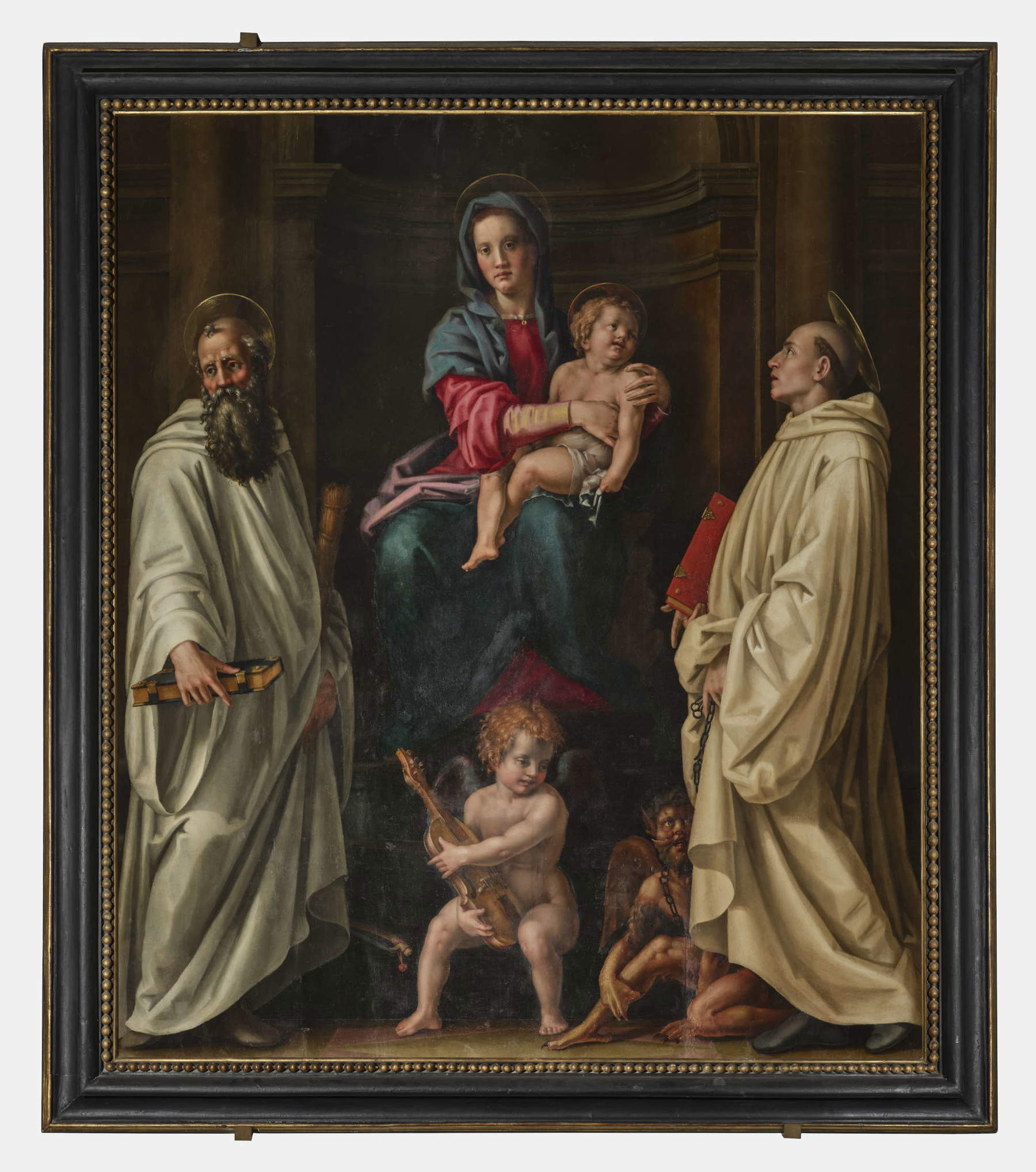
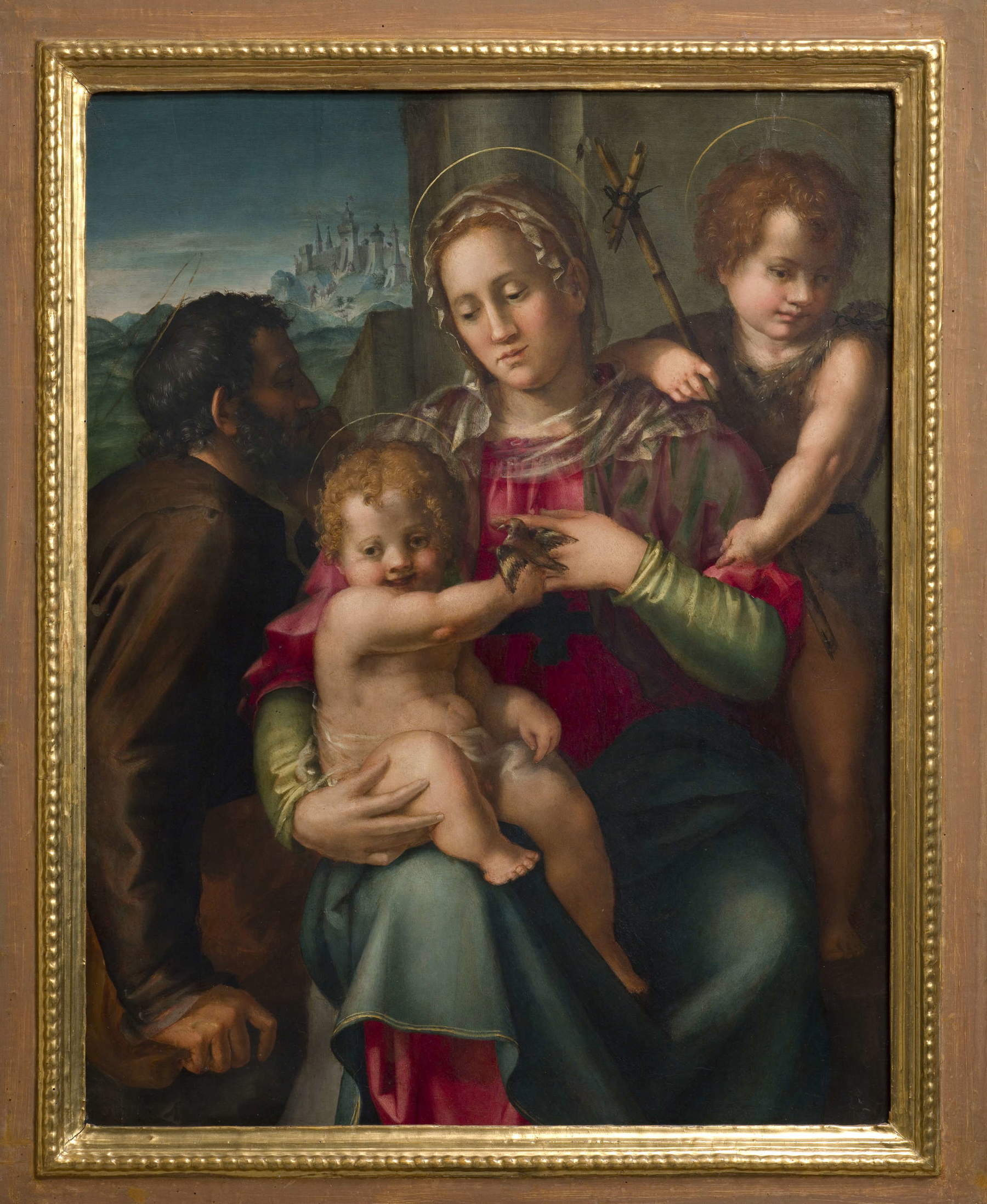
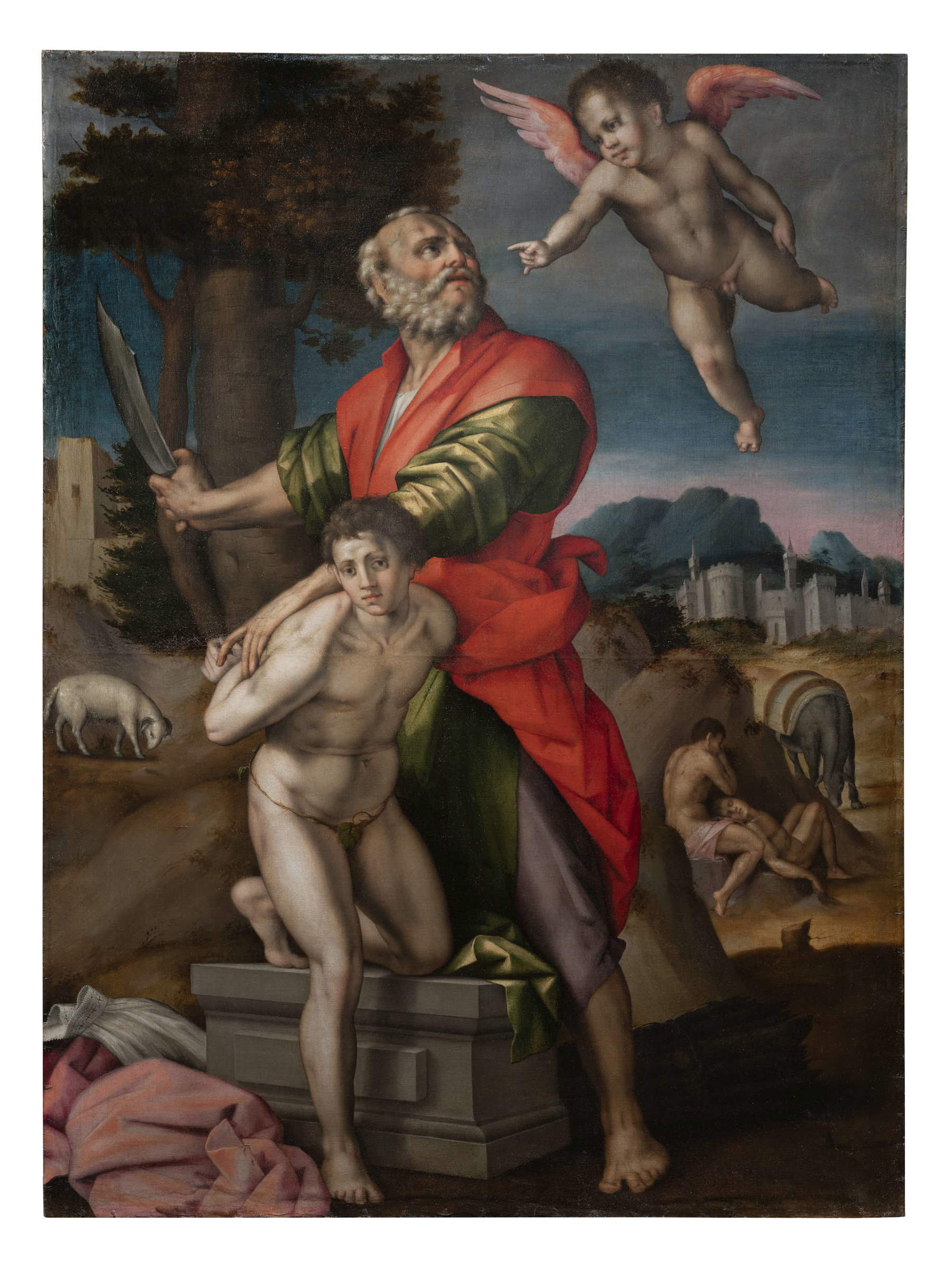
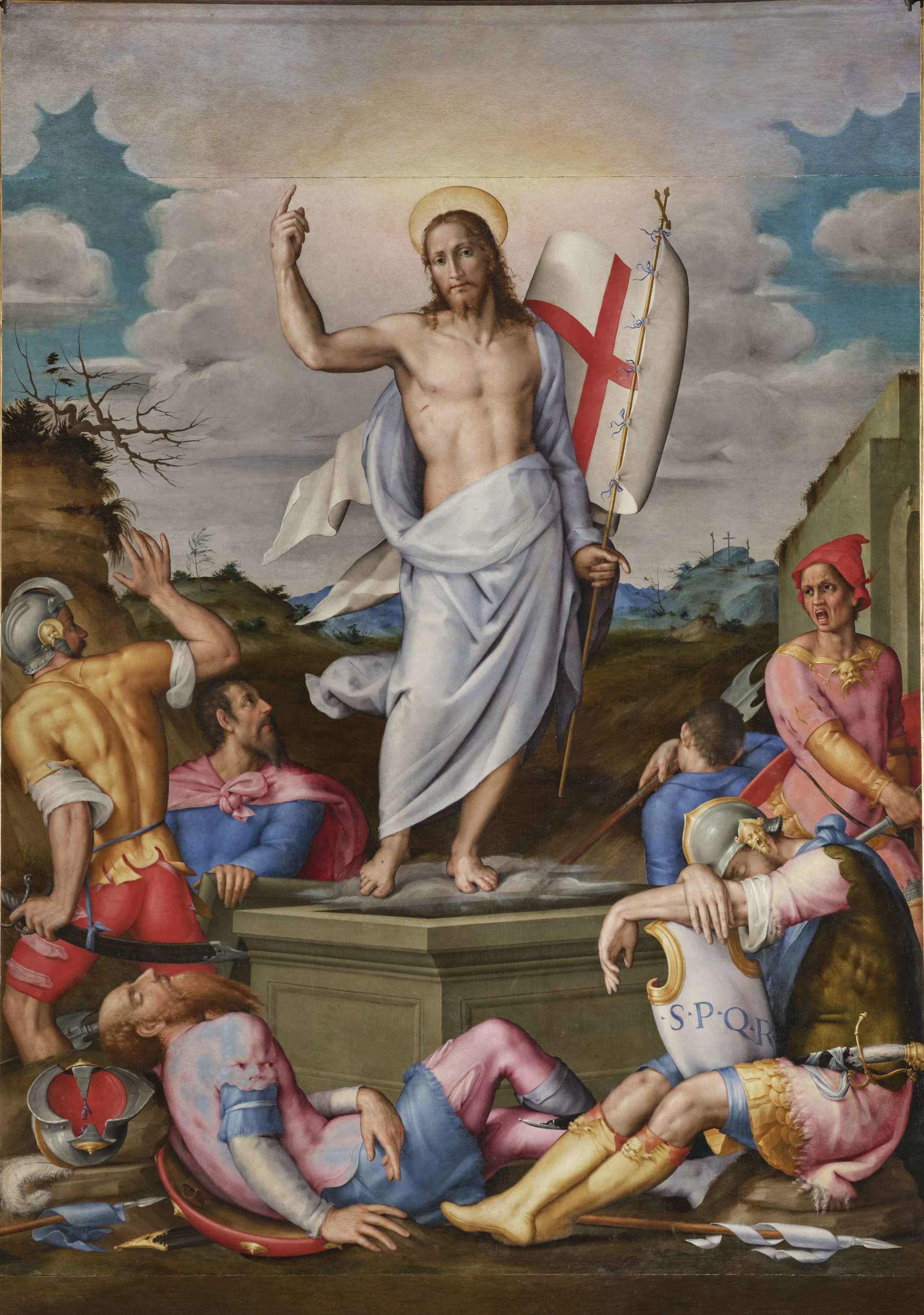
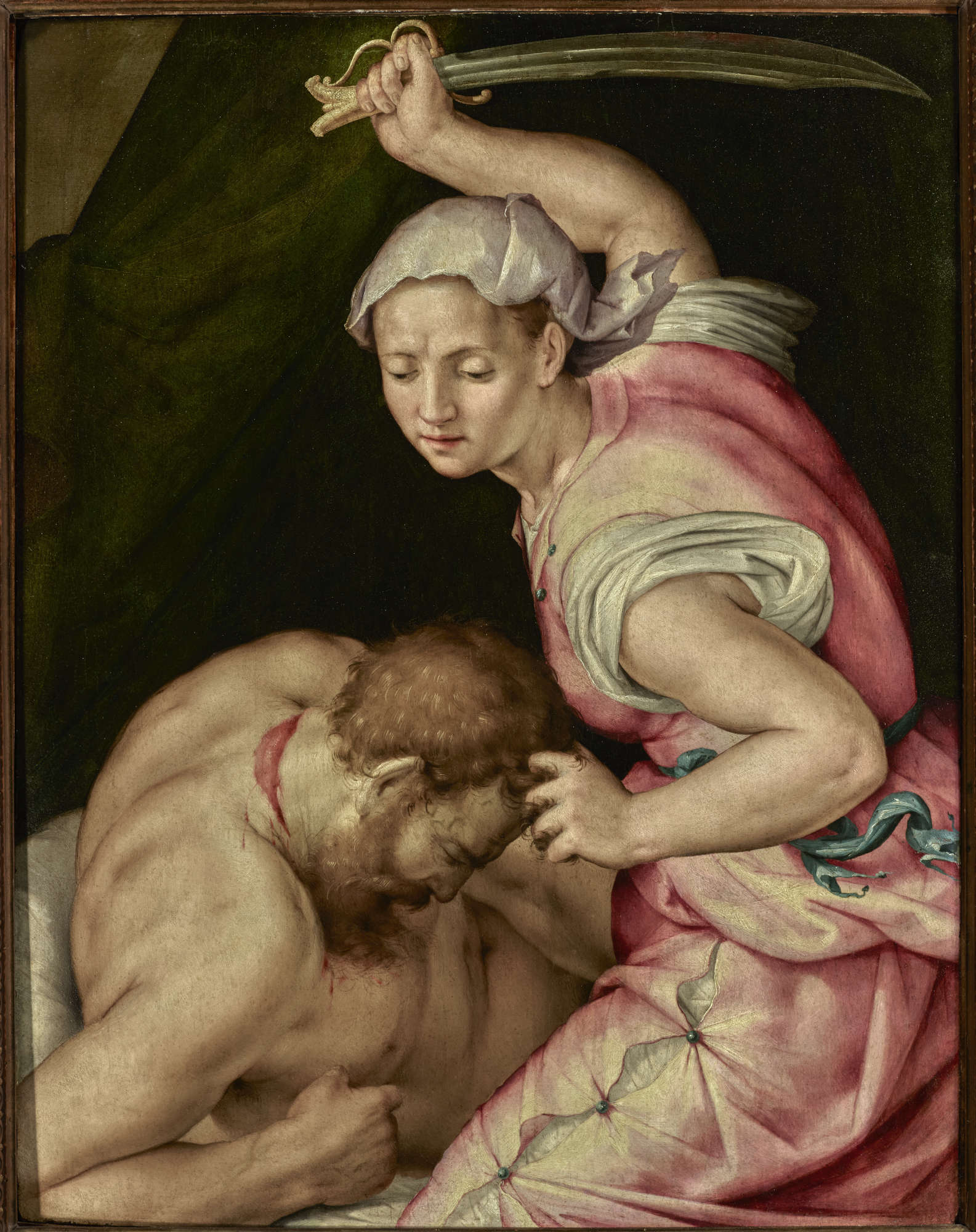
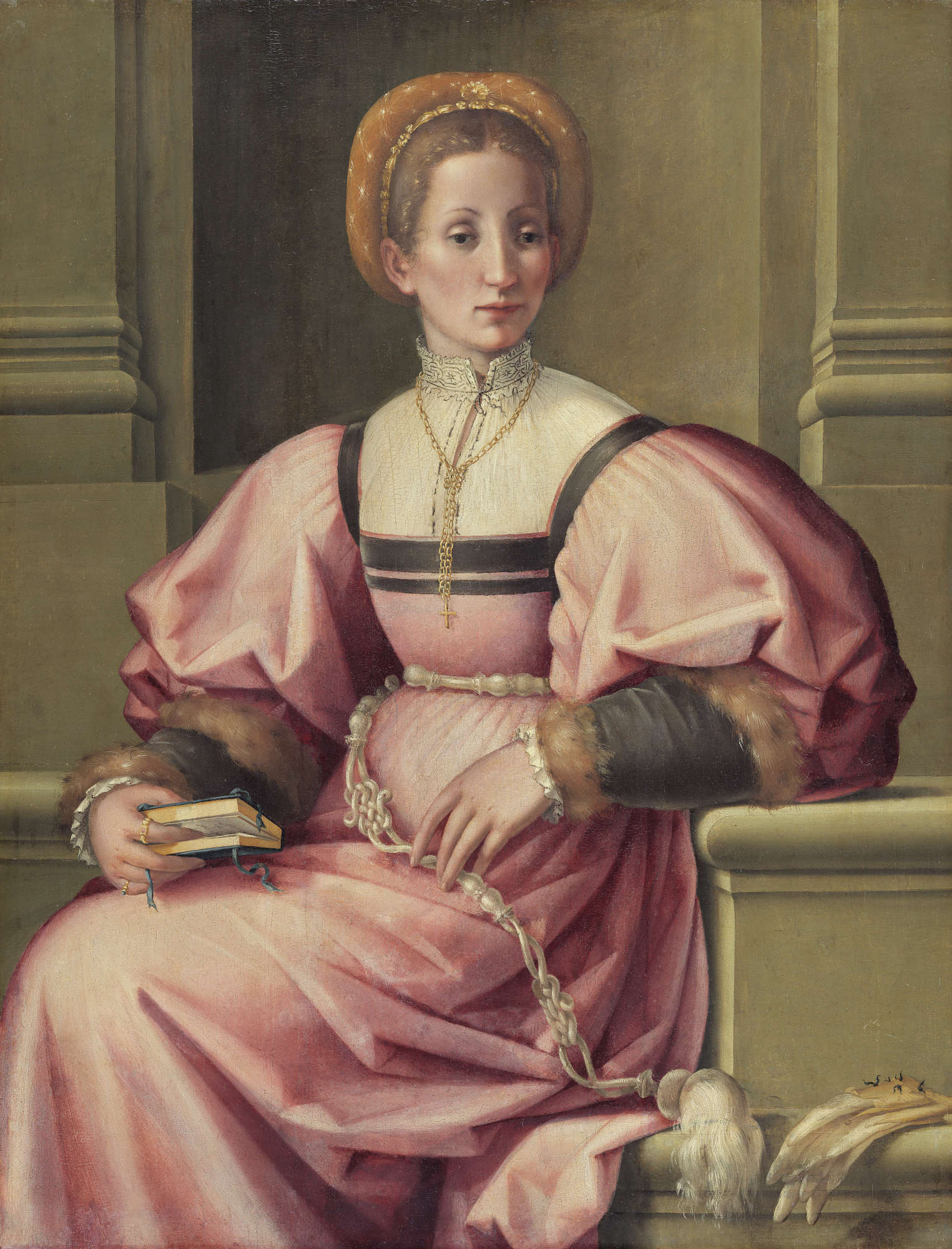 Pier Francesco Foschi,
Pier Francesco Foschi,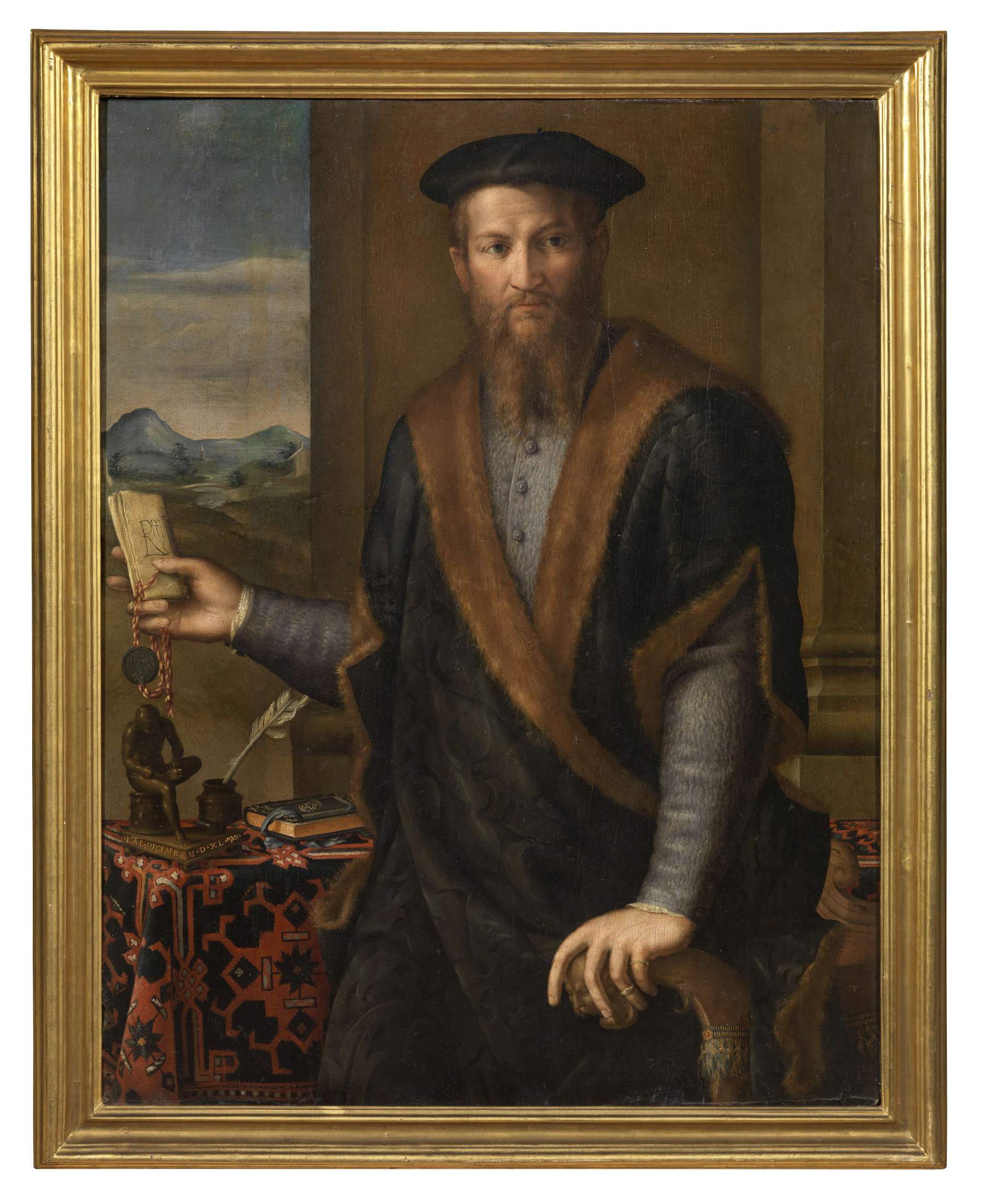
The exhibition
The exhibition brings together about forty autograph works by Foschi, including paintings and drawings, including the altarpiece of the Holy Family with St. John (1526-1530), belonging to the collections of the Galleria dell’Accademia in Florence, a crucial painting for understanding his early production and how he made the teachings of Andrea del Sarto his own. It is divided into five sections that will delve into the main aspects of his prolific activity, starting precisely from his training with Andrea del Sarto to his commissions for large altarpieces and numerous portraits, a genre in which he achieved considerable success.
We find an important nucleus of youthful studies drawn from the master’s models, along with juxtapositions between some of Andrea del Sarto’s originals and the replicas that Foschi made, comparisons that will serve to better understand his highly personal declination of the Sartesque manner. In particular, a comparison is offered for the first time between Andrea del Sarto’s Sacrifice of Isaac from the Cleveland Museum of Art, and the copy on canvas of the same subject executed by Foschi, now preserved in the Villa di Poggio Imperiale in Florence, and restored on the occasion of this exhibition. Although inspired by works by Sarto, Foschi arrives at an original result, in which the careful modulation of light effects rationally defines space, enhances the admirable orchestration of chromatic tones and highlights the sculptural quality of the drapery. His youthful texts are distinguished by the variety of emotional nuances of the protagonists and by more in-depth chiaroscuro effects. The sheet depicting a Female Head inferred from a figure of Saint Agnes painted by Sarto in 1528 and the drawing taken from one of his paintings datable between 1528 and 1530 attest that Foschi frequented the master’s workshop in the second half of the decade as well, having the opportunity to continue studying his inventions.
In the section devoted to altarpieces, elements of dismembered polyptychs are displayed together, such as the Madonna del Piano Altarpiece , made in 1539 for the convent of San Benedetto a Settimo (Cascina, Pisa). The extraordinary Resurrection from the basilica of Santo Spirito is also presented. During his career Foschi painted at least ten altarpieces. The eleventh may be the one of which only the model preserved at the Ashmolean Museum in Oxford has come down to us, and the twelfth is the altarpiece painted in fresco in the chapel of the villa of the merchant Francesco Del Nente, whose preparatory drawing is displayed in the exhibition. In the Florentine context of the central decades of the 16th century, this is a significantly large number, attesting to the painter’s success in this genre. To the second half of the 1530s should be traced the four compartments of the imposing polyptych of the Confraternita del Sacramento in Fivizzano and the aforementioned Altarpiece of the Madonna del Piano, painted between 1538 and 1539 for the Serviti della Santissima Annunziata in Florence but destined for the convent of San Benedetto a Settimo. Also presented of the latter is the unpublished predella depicting St. Peter Heals the Sick. The extraordinary Resurrection commissioned by Antonio Bettoni for the Florentine church of Santo Spirito between 1542 and 1545 represents one of the pinnacles of Foschi’s production and is one of the painter’s three altarpieces recorded by Vasari. The section concludes with Christ in Pity Supported by Angels and its predella, a work made for the monastery of Santa Chiara in San Miniato al Tedesco in 1562 and inspired by Sartesque masterpieces of similar subject matter, including the fresco executed for the convent of Santissima Annunziata in about 1525, now preserved in the Galleria dell’Accademia in Florence.
The exhibition features a selection of paintings intended for private devotion with a Marian subject, along with rare and precious paintings related to Old Testament themes. Even for paintings intended for domestic devotion, Foschi often draws on Andrea del Sarto’s repertoire of inventions, while offering a personal interpretation. Beginning in the 1630s, the painter conceived more elongated figures, and his compositions are distinguished by a constant search for correspondences between the gestures of the characters, as in the case of Tobiolo and the Angel, where the posture of the two protagonists is repeated as in a dance step. More often than the Sarto, moreover, Foschi adopts distinct iconographic choices to emphasize the different meanings of the images for the purposes of devotion. In the Madonna and Child and Two Angels, the placement of the sacred group in the clouds alludes to the Virgin’s title of glory as Queen of Heaven, while in the later Madonna and Child, St. John and Angels, the figure of Jesus asleep on a sheaf of wheat prefigures his death and resurrection and, therefore, salvation for the Christian. Foschi has recourse to Nordic models for theRoad to Calvary, in which Christ’s gaze turned to the viewer, reiterated by those of Simon of Cyrene and Mary of Cleophas, invites him to follow him by taking up his own cross. Closing the section is the splendid example of Judith and Holofernes, a Old Testament subject with anti-Tyrannical and libertarian significance to which Foschi devoted himself several times. One of the painter’s most learned Michelangelo quotations stands out in the painting, which in the figure of Holofernes repeats that of Noah that Buonarroti had depicted in the vault of the Sistine Chapel.
It concludes with a conspicuous number of portraits, a genre in which Foschi achieved considerable success. The painter tackles different types, from half-length effigies, intimate and penetrative in tone, to those with a large and solemn format, rich in symbolic elements or allusions to the social status of the people depicted and their interests. Indeed, in the sixteenth century there was a growing interest in portraiture on the part of the more affluent classes, and Foschi was among the Florentine painters who best responded to the demands of patrons. In his paintings, the artist often resorted to various attributes, inscriptions and decorative elements to construct the identity of the effigies and emphasize their status, as in the Portrait of Cardinal Antonio Pucci or the Portrait of Bartolomeo Compagni, a wealthy merchant related to Foschi through his mother, Simona Compagni. In female portraits, Foschi emphasized ideal beauty, elegance, and virtue. In Florence, portraits of young women expressed the belief that beauty deserved eternal commemoration and fame. One of the most striking features of these images is the sophistication of the clothing. The treatises on conduct of the time, which covered all aspects of exemplary behavior, emphasized that clothing could enhance or detract from the dignity and character of the wearer, as well as connote her social standing. Modesty and moderation were encouraged, although clothing could be luxurious. The suntuary laws instituted by Cosimo I de’ Medici followed these guidelines, but made exceptions for the elite. Foschi’s portraits also responded to the representational models and fashion of the Medici court, of which Bronzino was the privileged interpreter. However, the painter evolved in new and innovative directions, adopting a simpler and more direct style in line with religious changes at the time of the Counter-Reformation.
The works on display come from public and private museums, ecclesiastical institutions, art galleries and private collectors among the most famous in Italy and the world: Galleria Borghese, Palazzo Spinola, Accademia Carrara, Bergamo, Museo Nacional Thyssen-Bornemisza, Madrid, Morgan Library & Museum, New York, Rijksmuseum, Amsterdam, Cleveland Museum of Art.
For the occasion, thanks to the efforts of the Galleria dell’Accademia in Florence, in agreement with the Ministry of Culture, important restorations of some paintings by the Florentine painter were financed not necessarily to have them on loan but to enhance them and make them visible again. Among them, the most challenging, the altarpiece with the Transfiguration, commissioned for the basilica of Santo Spirito in Florence in 1545-1550, currently in the Capponi d’Altopascio chapel, located in the church’s right transept. Two panels with St. Roch and St. Sebastian located in the Propositura dei Santi Antonio e Jacopo in Fivizzano (Massa-Carrara) were also restored, thanks to Fabrizio Moretti, along with the two predellas with The Martyrdom of St. Sebastian and St. Roch Rescued by Dog, from the Longhi Foundation. Another important intervention was on the panel depicting The Sacrifice of Isaac, derived from Andrea del Sarto’s model, kept in the collection of Villa di Poggio Imperiale in Florence.
Pier Francesco Foschi (1502-1567) Florentine Painter is accompanied by an extensively illustrated scholarly catalog, published by Silvana editoriale, which includes: essays by Cecilie Hollberg, with Carlo Falciani, Elvira Altiero, Nelda Damiano, Simone Giordani and Antonio Pinelli; critical cards of the paintings on display; and a repertory with all the artist’s works. A valuable tool for learning about a great master of the 16th century.
The Galleria dell’Accademia in Florence has created an App for this occasion that will allow the visitor to have information about the exhibition and the author, contacts and reservations, and an official audio guide in Italian and English. It will be downloadable at the following links: Android: https://play.google.com/store/apps/details?id=it.audioguide.foschiexhibition&gl=IT, oiOS: https://apps.apple.com/it/app/pier-francesco-foschi/id6471837756. Also available soon (with subsequent updates) will be the Virtual Tour, to follow the exhibition anywhere, and the Game, suitable for even the youngest children.
“The aim of such an extensive and accurate review,” says Cecilie Hollberg, “is to provide for the first time in Europe the tools to understand the artistic personality of a master like Foschi and his role in the context of 16th-century Florentine painting. An artist to be rediscovered, who fell into oblivion after his death. Thanks to this exhibition of ours, in addition to showing forgotten works, important restoration actions have been activated on paintings placed in various places in the territory, such as one of the altarpieces in the Church of Santo Spirito in Florence.”
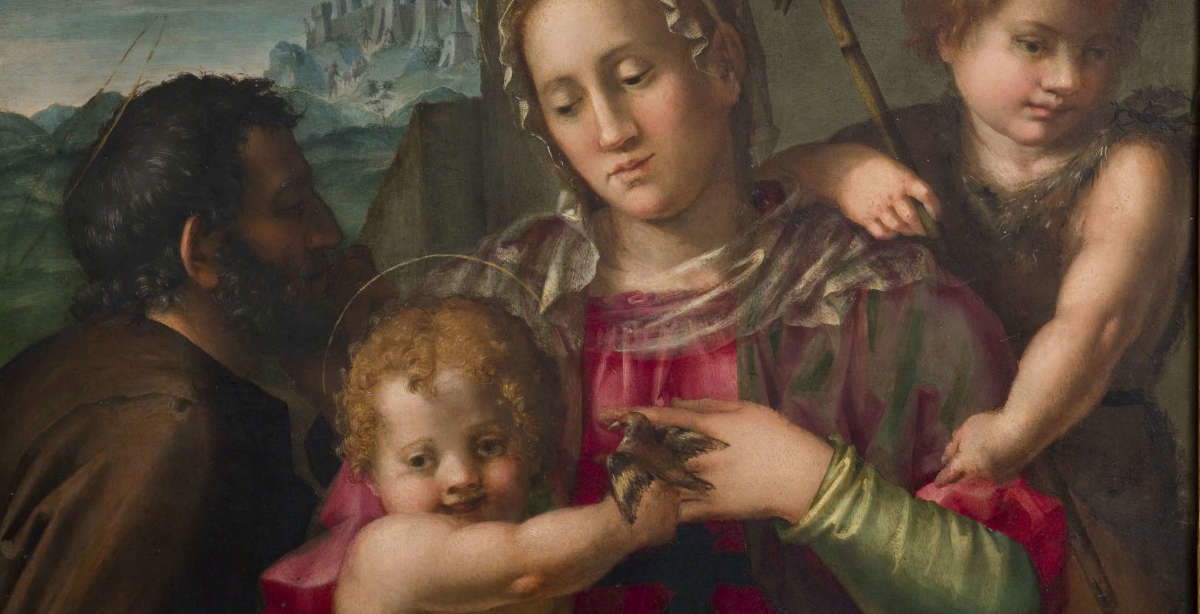 |
| Florence, Europe's first monographic exhibition on Pier Francesco Foschi at the Galleria dell'Accademia |
Warning: the translation into English of the original Italian article was created using automatic tools. We undertake to review all articles, but we do not guarantee the total absence of inaccuracies in the translation due to the program. You can find the original by clicking on the ITA button. If you find any mistake,please contact us.





























